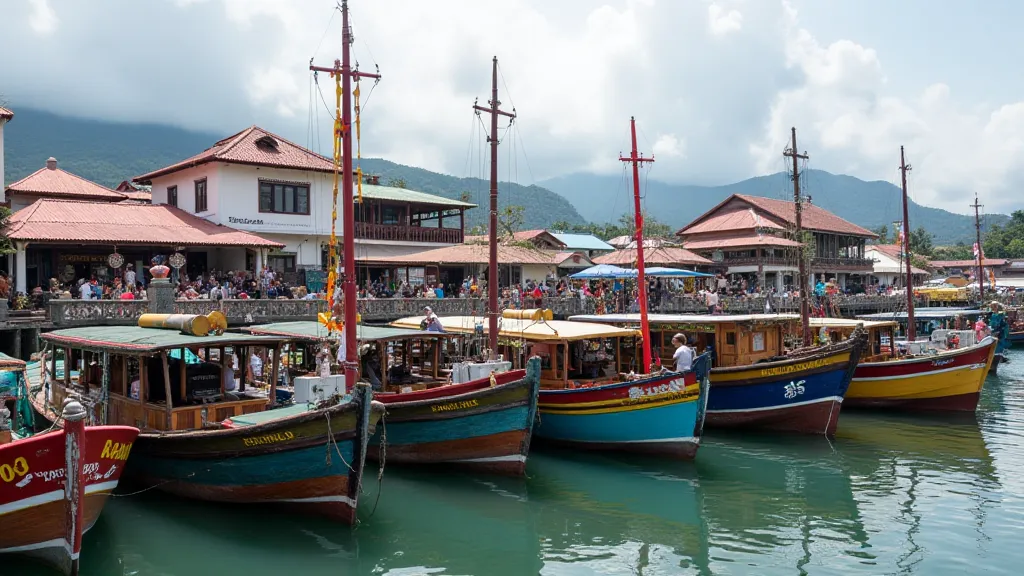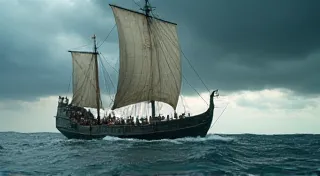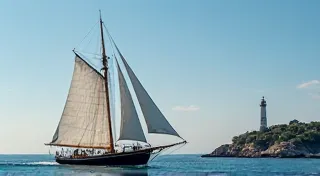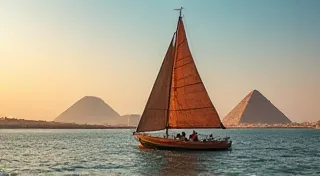The Perahu Pinisi: Indonesian Sailing Culture and Boatbuilding
The Perahu Pinisi is more than just a boat; it's a living testament to Indonesia's rich maritime heritage. Originating from the Bugis-Makassar region of South Sulawesi, these magnificent sailing vessels have historically played a crucial role in trade, fishing, and cultural exchange across the Indonesian archipelago and beyond. Understanding the Pinisi provides a fascinating window into traditional Indonesian boatbuilding techniques and the enduring importance of the sea in Indonesian life.
A History Rooted in the Sea
The history of the Pinisi is intertwined with the rise of the Bugis and Makassar kingdoms, powerful maritime trading empires that flourished from the 16th to the 19th centuries. These kingdoms controlled vital trade routes between the islands and even ventured as far as Africa and the Middle East. The Pinisi evolved as a highly efficient and reliable cargo vessel perfectly suited for these long-distance voyages. They were not simply built for transport; they were engineered to withstand the challenging monsoon seasons and navigate treacherous waters. The mastery of shipbuilding became a source of prestige and power, passed down through generations of skilled craftsmen.
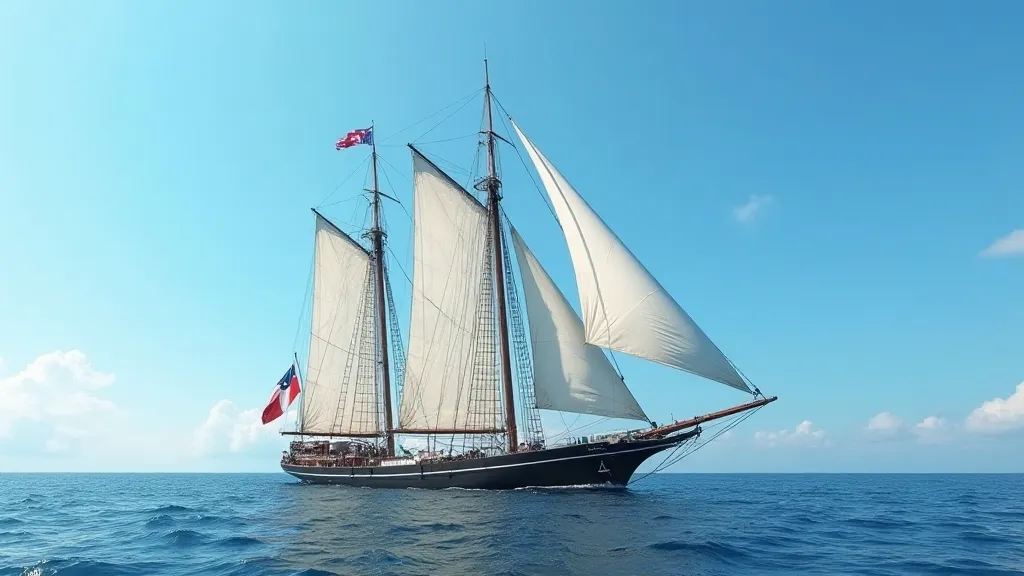
The Craftsmanship of a Pinisi
Building a Perahu Pinisi is an extraordinary feat of engineering and artistry. Unlike many Western shipbuilding traditions, the construction relies heavily on traditional methods and the intuition of the Pandai Besi (shipwrights). The process begins with careful selection of timbers, primarily ironwood (Uru), teak (Tanjung), and other local hardwoods. These timbers are joined using intricate mortise and tenon joints, secured with dowels, and fastened with iron bolts. No nails are used.
The design of the Pinisi is incredibly efficient. The double-ended hull allows for maneuverability in tight spaces and allows the ship to sail effectively in different wind conditions. The distinctive square sails, often numbering seven or more, are hoisted on a sophisticated rigging system – a masterpiece of ropework and engineering. The sails themselves are woven from locally sourced materials. Each sail is carefully planned and meticulously constructed.
The shipwrights don't rely on detailed blueprints. Knowledge and techniques are passed down orally from master to apprentice. They rely on the collective memory and experience of generations. The Pandai Besi also utilize a profound understanding of the wood's natural properties and how it responds to the stresses of the sea.
The Importance of the Pinisi Today
While modern shipping containers have largely replaced the Pinisi for large-scale cargo transport, these traditional vessels haven't disappeared. Many are still used for local trade, fishing, and tourism. Efforts are underway to preserve the traditional shipbuilding skills and the cultural significance of the Pinisi. The Indonesian government has recognized the Pinisi as a national heritage and is supporting initiatives to keep this remarkable tradition alive.
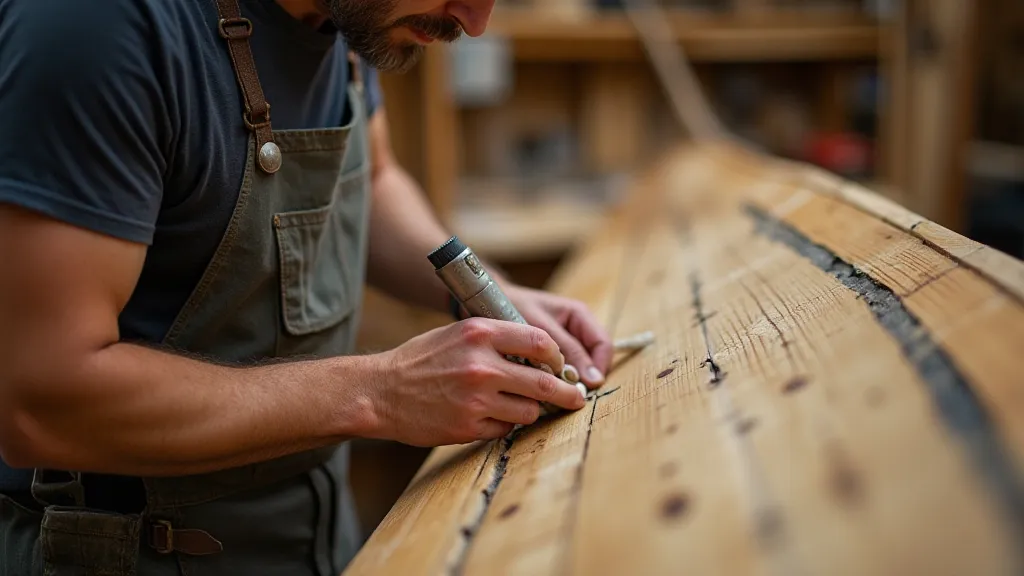
Preserving a Legacy
The Perahu Pinisi represents more than just a boat; it embodies Indonesia’s ingenuity, resilience, and deep connection to the sea. The skills and knowledge required to build and sail these vessels are a vital part of Indonesian cultural heritage and deserve to be cherished and protected for generations to come. Visiting a ship-building yard in South Sulawesi is a fascinating experience offering a unique insight into this traditional craft. Understanding the Pinisi helps us appreciate the depth and richness of Indonesian maritime culture and the vital role that traditional boatbuilding plays in preserving it.
